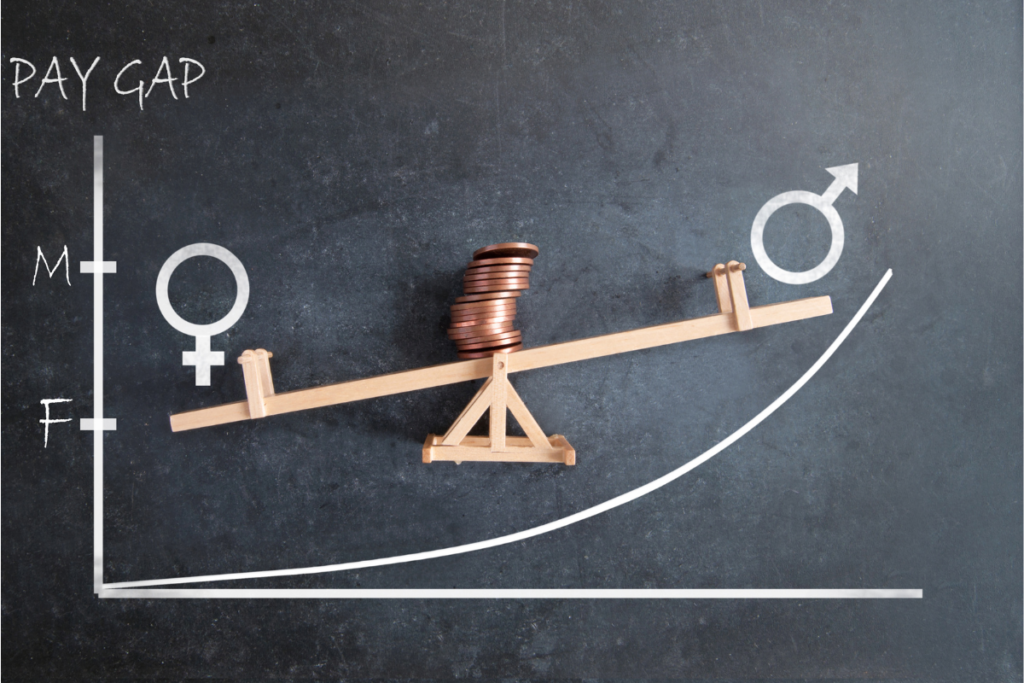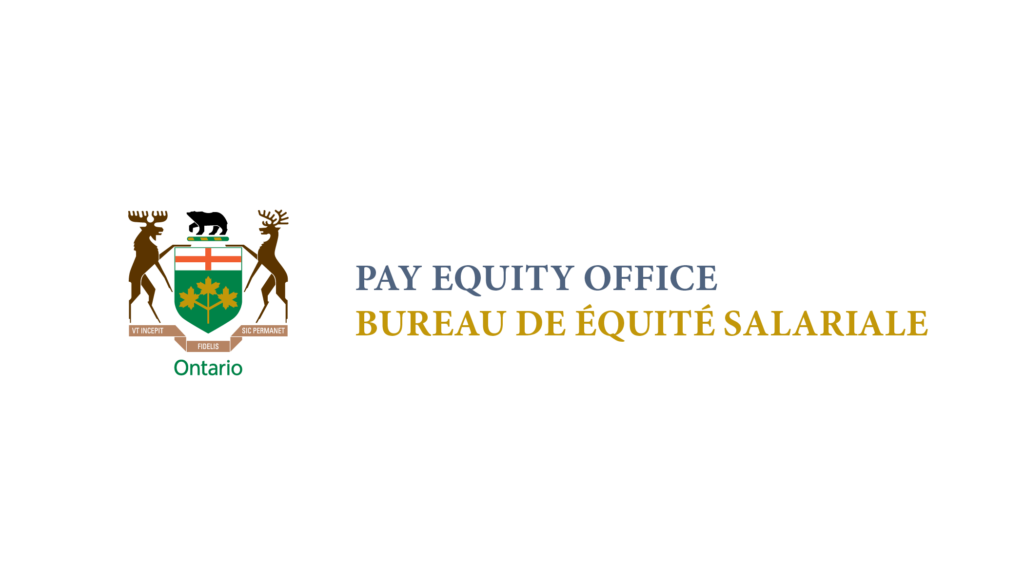By Kadie Ward, Commissioner and CAO, Ontario Pay Equity Commission
Together we have been exploring women’s worth and what that means in different contexts, and most importantly, how we value women’s worth impacts our personal economic security and the broader economy.

We began this series talking about the clustering of women in certain sectors in the workforce and how those sectors tend to be undervalued. We saw how this clustering persists in Ontario and Canada today. As of May 2021, women are dominant in areas such as health, 91% of nurses being female with 95% of employees in childcare, community services with 80% of workers being women, and 89.9% of the service sector is made up of women. This clustering has a long history based on outdated stereotypes and beliefs about women and work. You can listen to our first conversation with What She Said to Learn more.

In part two of our series on Women’s Worth we focused on unpaid care work where we confronted the longstanding gender gaps and norms around caregiving. The International Labour Organization estimates that unpaid care and domestic work by country is valued to be 10 to 39 percent of Gross Domestic Product (GPD).

How much is that worth in dollars? Estimates based on time-use survey data in 64 countries that was done by the International Labour Organization show that 16.4 billion hours are spent in unpaid care work every day. This is equivalent to 2.0 billion people working 8 hours per day with no remuneration. If that care work was valued on the basis of an hourly minimum wage, they would amount to 9 per cent of global GDP, which corresponds to US$11 trillion.
Women’s contributions to the economy are large and measurable but continue to be undervalued. If the gap was closed McKinsey consulting firm estimated that by 2026, Canada could add $150 billion to its annual GDP by supporting women’s equitable participation in the workforce. RBC puts the number at $100 billion. There are significant economic benefits to closing the gender wage gap.

Our team confronts this reality daily with a mission to close the gender wage gap in Ontario. The Pay Equity Office works to make the world a more equitable place for women to work, live and thrive. The Pay Equity Office administers Ontario’s Pay Equity Act. The purpose of the Act is to eliminate pay inequity between women and men who perform work that is of comparable value to their organization. Currently in Ontario and Canada the gender wage gap measures at 11% for full time hourly wages.
Our team has noted that while the gender wage gap is closing – since 1997 every province in Canada has closed the gap by 5 – 13% – it persists. From our research we understand that the wage gap is complex with nearly two-thirds of the gap remaining unexplained. This unexplained portion of the gap could include gender differences in behaviours, societal expectations, constrained choices for women, and the impact of explicit or implicit gender discrimination.

Recently, we have been reflecting on how we can address the unexplained aspects of the gender wage gap and the conscious or unconscious biases we hold about women at work and women’s worth. To this end we launched a six-part web and podcast series called. Level the Paying Field.
Amid a global pandemic, the global economy saw unanticipated yet devastating regression in women’s labour market participation and long-simmering inequalities came to the forefront. And yet, amid these setbacks, we saw another unexpected phenomenon – a surge in the number of reports, studies, and stories about women and the economy, and the economics of inequity. Over the past year we have coined the terms, ‘she-cession’, ‘she-covery’ with governments and agencies globally talking about a “feminist post-COVID recovery’. This is not surprising given that the economic impact to be derived from women’s participation in the labour market with wage equity is significant.

To better explore this phenomenon and topics related to economics, equity, women, work and money we interviewed experts from the International Labour Organization, Harvard University, and award-winning journalists We spoke with experts to confront and bust myths surrounding the gender wage gap and its intersectional nature. And we engaged with global leaders on the way forward.
What we learned is that women’s worth is a social, political, and cultural construct that has shifted with changing social mores, changing political climates and technology. As we move to rebuild the economy and “build back better” post-COVID, we must reclaim our worth both individually, and for women in the workforce. Visit Levelthepayingfield.ca to learn how you can support this process or listen to Level The Paying Field wherever you get your podcasts. Together we can continue to close the gender wage gap and promote women’s worth.
THIS POST IS A PART OF A SERIES WITH ONTARIO’S PAY EQUITY OFFICE
